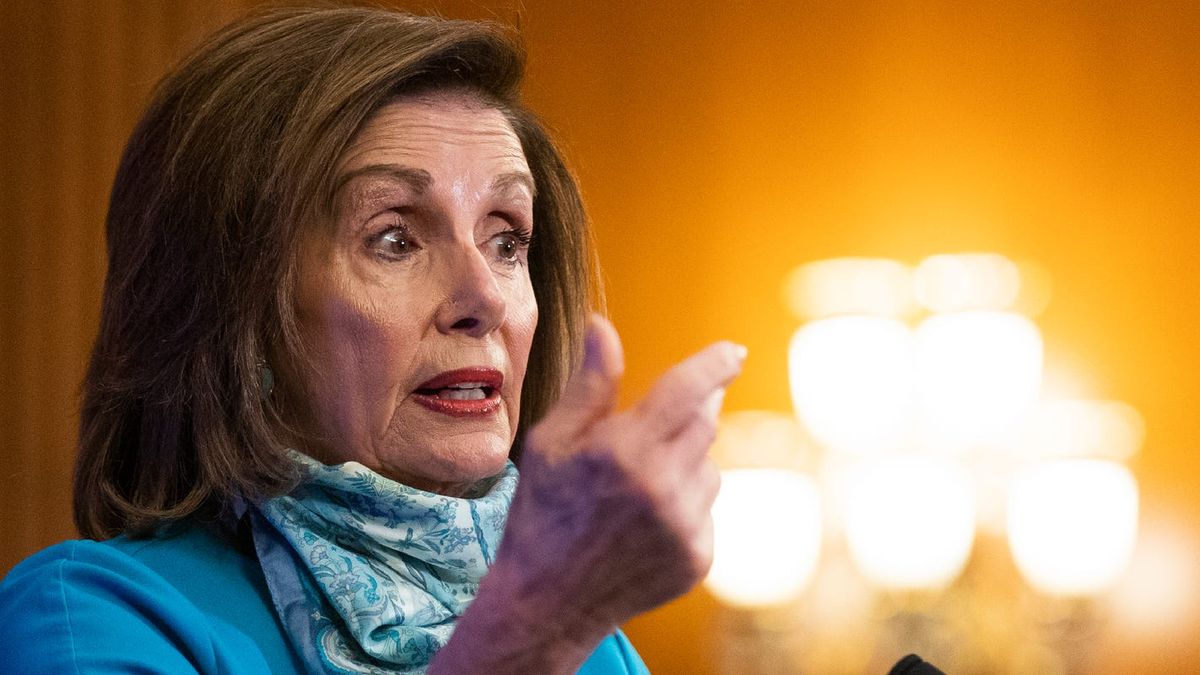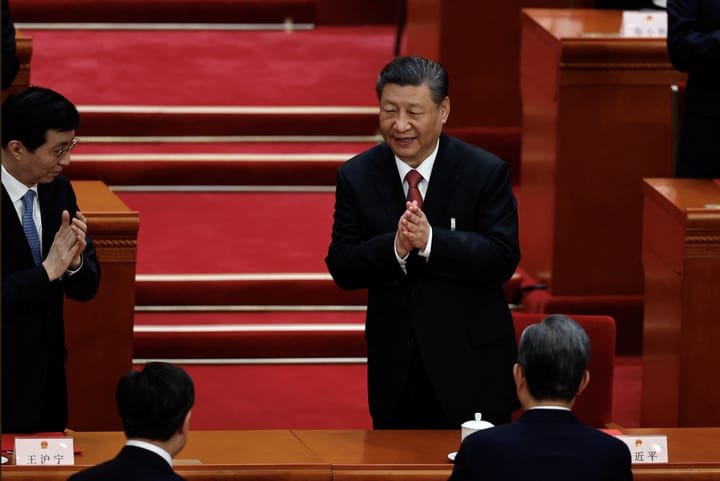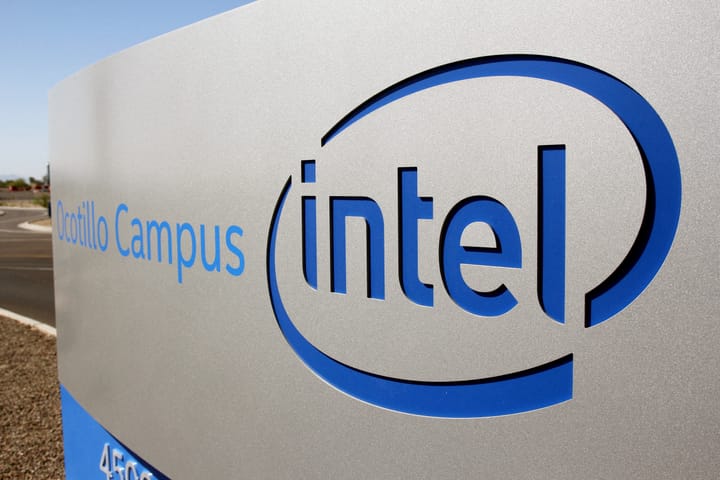What does the Democrats’ US$3 trillion virus relief bill include?

A few minutes every morning is all you need.
Stay up to date on the world's Headlines and Human Stories. It's fun, it's factual, it's fluff-free.
United States House Speaker Nancy Pelosi revealed a US$3 trillion coronavirus aid package on Tuesday, stating, “We must think big, for the people, now,” and added that “Not acting is the most expensive course.”
The 1,800 page bill will struggle to pass a deeply divided, but Republican controlled, Senate.
The highlights of the bill are as follows.
Relief for states and local governments
The Democratic bill provides more than US$500 billion to states, US$375 billion to local and territorial governments as well as US$40 billion to help prevent layoffs of public workers.
Direct payments and unemployment benefits
A second round of direct payments would be made to individuals, consisting of a US$1,200 payment per individual and up to US$6,000 for a single household.
Unemployment payments, which are currently scheduled to end before August, would be extended to the end of January 2021.
Relief for essential workers
A US$200 billion “heroes fund” would be created to provide a “hazard pay" supplement for essential workers such as first responders, health care workers and essential businesses that are required to stay open.
Education assistance
US$100 billion would be paid to states, school districts and universities to assist with the additional expenses caused by the pandemic.
Housing assistance
US$175 billion would be dedicated to helping renters and homeowners pay mortgages, rent and other housing costs.
This section is particularly focused on the lower-income population.
Private Health Insurance
Subsidies would be provided to ensure that furloughed workers remain on their employer-provided health insurance plans. The Consolidated Omnibus Budget Reconciliation Act (COBRA) provides workers and their families with the right to choose to continue to receive the benefits provided by their health care plan for a limited period under uncertain circumstances.
The proposed bill also entails a special “Obamacare” sign-up period.
“Obamacare,” officially known as the Affordable Care Act, is the health care law instituted under former President Barack Obama.
Assistance for the US Postal Service
The US Postal Service is expected to run out of money by the end of September due to a substantial loss in revenue. The volume of mail is down by more than 30% from last year because of the pandemic and the Postal Service has said that company losses will surpass US$22 billion over the next 18 months.
The proposal repeals several restrictions on a previously authorized US$10 billion line of credit for the Postal Service.
State transportation department
Over US$30 billion would be provided for state transportation departments and mass transit systems which have been hard-hit by the massive drop-off in ridership.
Testing and aid for hospitals and health care workers
US$75 billion would be spent to test for the coronavirus, to trace and track spreading and on treatment for COVID-19.
An additional US$100 billion would be dedicated to hospitals and other health care providers.
Have a tip or story? Get in touch with our reporters at tips@themilsource.com
Sign up for daily news briefs from The Millennial Source here!




Comments ()